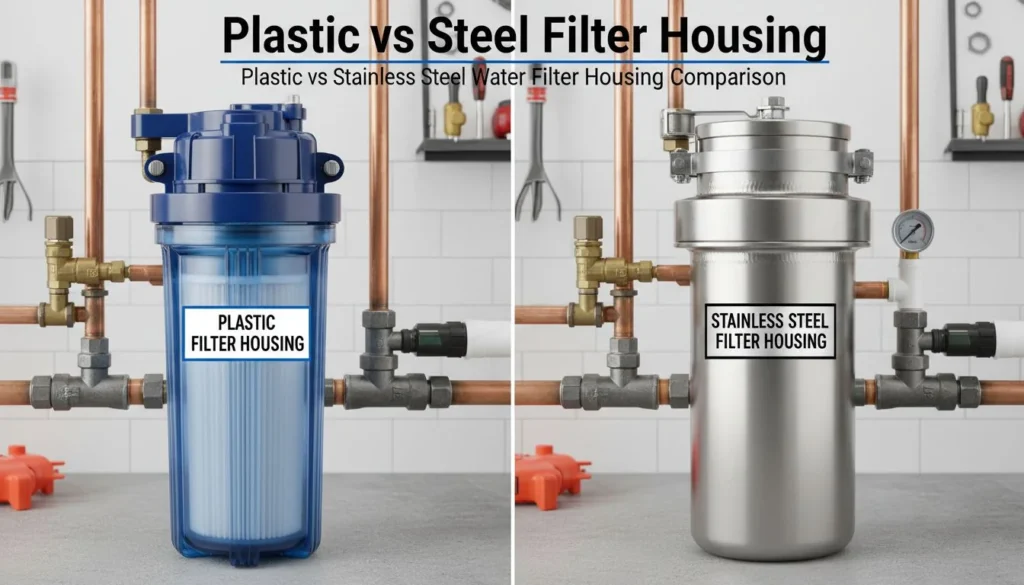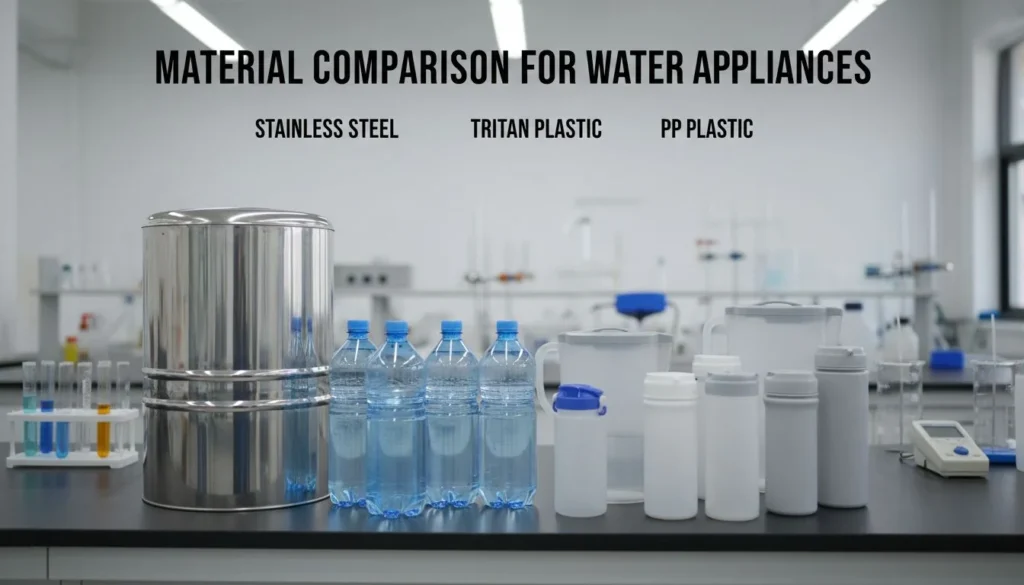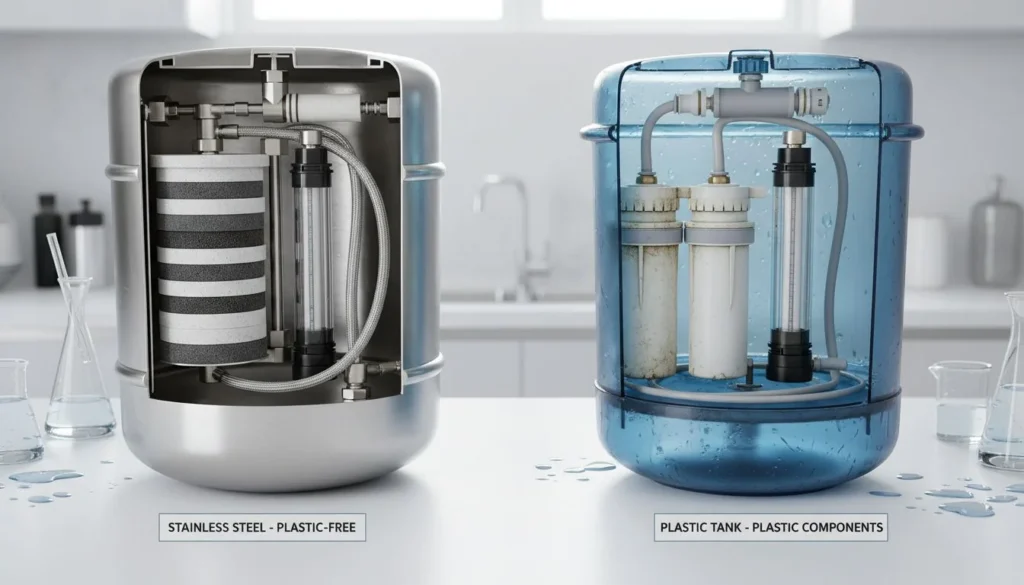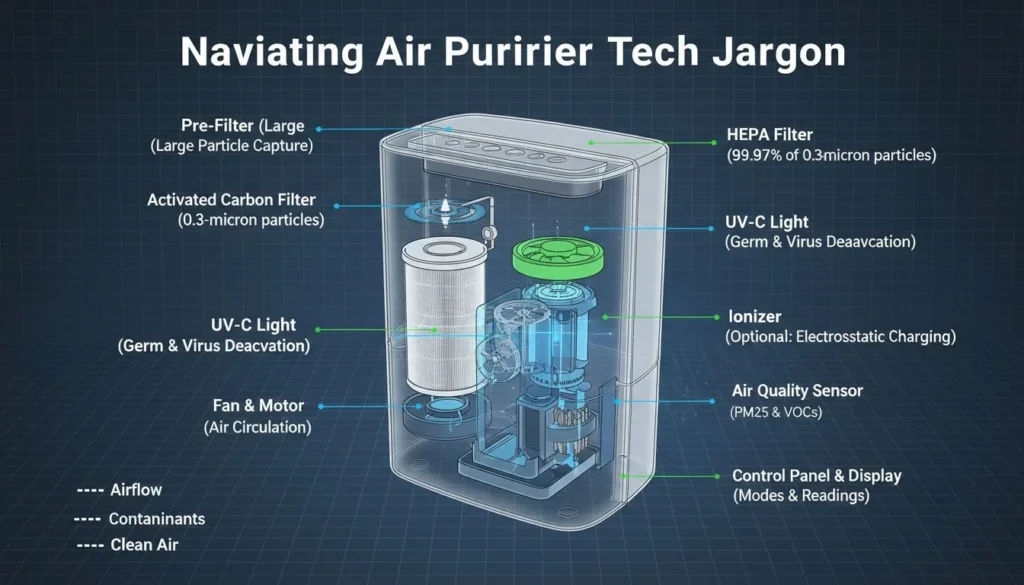
Managing air quality in schools and hospitals can feel overwhelming, especially when budgets are tight.
To effectively reduce maintenance costs for air purifiers, invest in high-efficiency filters that extend lifespan, choose wall-mounted units to minimize risks, and purchase directly from manufacturers like HisoAir. Integrating IoT for timely maintenance reminders also helps optimize budget use.
While these steps provide a direct approach to cutting costs, understanding the broader impact of these strategies can lead to even more substantial savings. Dive deeper to discover how these practical solutions can transform your facility’s air quality management.
High-efficiency filters reduce air purifier maintenance costs.True
These filters last longer, decreasing replacement frequency and costs.
What Are the Benefits of High-Efficiency Filters?
Understanding the benefits of high-efficiency filters can revolutionize air quality management in large facilities.
High-efficiency filters offer extended lifespan, reduced maintenance costs, and improved air quality by capturing more pollutants. They are ideal for schools and hospitals where clean air is crucial for health and budget management.
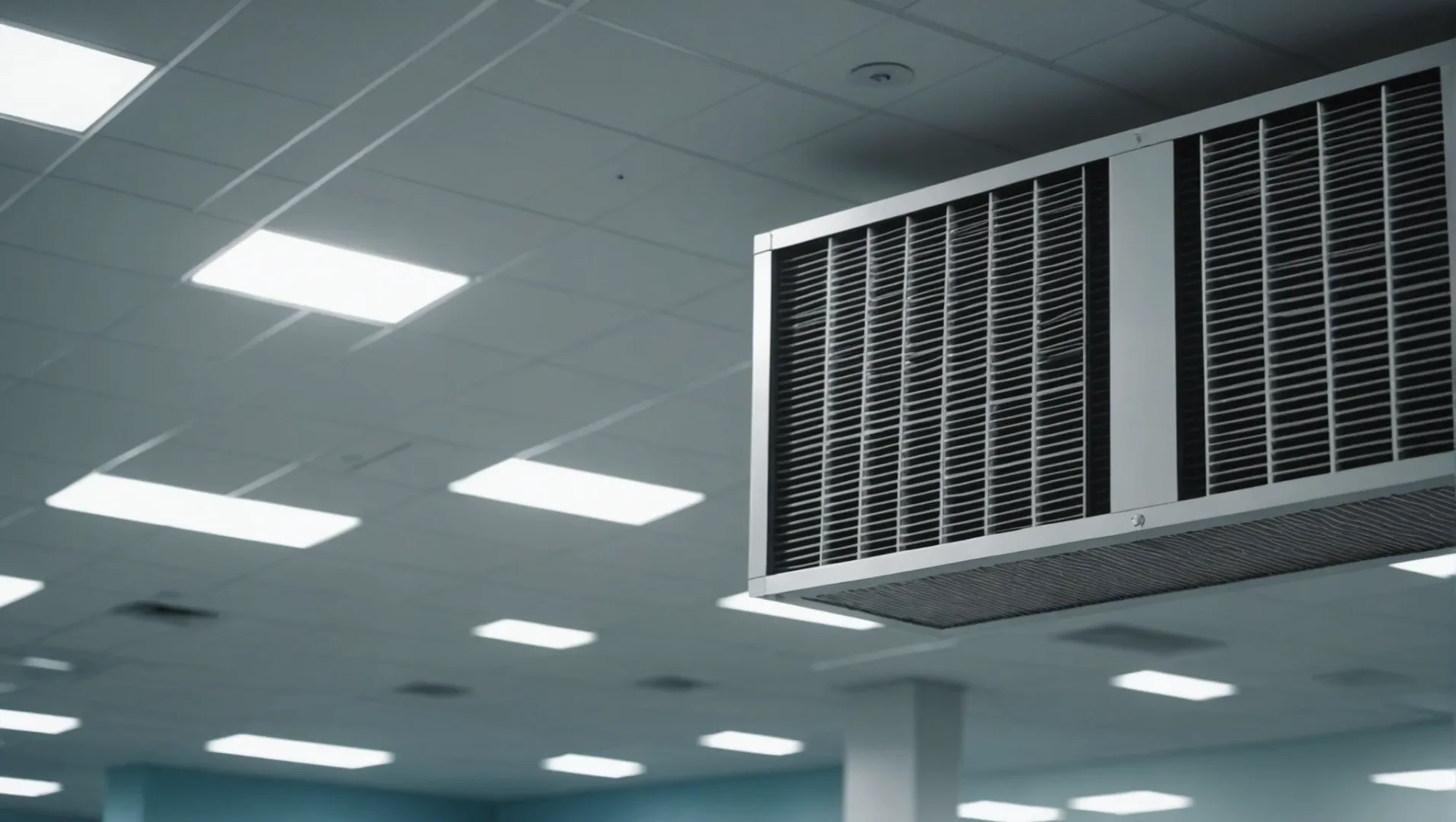
Prolonged Lifespan and Cost Savings
High-efficiency filters can dramatically extend the lifespan of air purification systems. Traditional filters may require replacement every six months, but high-efficiency options can last a year or longer. This extension reduces the frequency and cost of filter replacements, leading to substantial savings in maintenance budgets. For example, purchasing filters directly from manufacturers like HisoAir1 can further cut costs by eliminating middleman markups.
Enhanced Air Quality
These filters capture a higher percentage of airborne particles, including dust, pollen, mold spores, and bacteria. Their superior filtration capabilities mean that they are particularly beneficial in environments like schools and hospitals where air purity is paramount to protecting sensitive populations such as children and patients. By improving indoor air quality, these filters contribute to healthier environments, potentially reducing illness-related absenteeism in schools and aiding patient recovery in hospitals.
Technical Advancements
The technology behind high-efficiency filters has evolved significantly over the past decade. Innovations in filter media with higher Clean Air Delivery Rate (CADR) ensure that these filters can handle larger volumes of air more efficiently. With a higher Cumulative Clean Mass (CCM), they maintain optimal performance over extended periods, offering consistent protection against air contaminants.
Environmental Impact
By reducing the frequency of filter replacements, high-efficiency filters also contribute to environmental sustainability. Fewer replacements mean less waste is generated, aligning with green initiatives and reducing the facility's carbon footprint. Facilities committed to sustainability can integrate these filters into their broader environmental strategies.
Practical Implementation Considerations
When implementing high-efficiency filters, it’s crucial to consider compatibility with existing air purification systems. Some systems might require adjustments or upgrades to accommodate the higher filtration standards. Additionally, integrating IoT technologies to monitor filter performance can ensure timely maintenance and replacements, maximizing both efficiency and cost-effectiveness.
High-efficiency filters last over a year.True
They extend the lifespan of air systems, lasting a year or more.
High-efficiency filters increase waste generation.False
They reduce waste by decreasing the frequency of replacements.
Why Choose Wall-Mounted Over Portable Air Purifiers?
When it comes to maintaining optimal air quality, the choice between wall-mounted and portable air purifiers can significantly impact both effectiveness and cost.
Wall-mounted air purifiers offer enhanced safety, extended filter lifespan, and cost efficiency compared to portable units, making them ideal for schools and hospitals.

Safety and Space Efficiency
Wall-mounted air purifiers are securely installed at a height that minimizes interference, especially in environments like schools and hospitals where floor space is at a premium. They are less prone to accidental damage or tampering, reducing potential safety risks and ensuring consistent operation without interruptions.
In contrast, portable air purifiers2 can be easily knocked over or blocked by furniture, potentially compromising their efficiency and leading to more frequent maintenance needs.
Cost-Effective Maintenance
Wall-mounted units typically require less frequent filter replacements, contributing to reduced long-term costs. The filters in these systems often have a longer lifespan due to optimized airflow patterns that prevent clogging and wear.
A study comparing maintenance costs revealed that facilities using wall-mounted units can extend filter lifespan from 6 months to over a year, resulting in significant savings. Purchasing replacement filters directly from manufacturers like HisoAir further decreases costs.
Enhanced Technology Integration
With advancements in IoT technology, wall-mounted air purifiers can be easily integrated into existing systems to monitor indoor air quality. This integration allows for real-time data collection and automated alerts for filter replacements, ensuring that the units operate at peak performance while reducing unnecessary maintenance checks.
This feature is particularly advantageous in high-traffic environments such as hospitals and schools, where consistent air quality is crucial. IoT integration facilitates seamless management, allowing facility managers to allocate resources efficiently without sacrificing air quality standards.
Practical Considerations for Schools and Hospitals
In educational and healthcare settings, the priority is always safety and hygiene. Wall-mounted air purifiers, due to their positioning, not only provide effective air purification but also ensure that the devices are out of reach of students or patients. This reduces the risk of contamination or interference.
Additionally, these units tend to be quieter than portable models, minimizing distractions and promoting a peaceful environment conducive to learning and healing.
| Feature | Wall-Mounted | Portable |
|---|---|---|
| Safety | High (out of reach) | Low (easily accessible) |
| Filter Lifespan | Extended | Standard |
| Cost | Lower long-term | Higher long-term |
| Integration | IoT compatible | Limited |
| Noise Level | Low | Variable |
For decision-makers considering upgrades or installations in sensitive environments, these factors clearly illustrate why wall-mounted air purifiers are a prudent choice.
Wall-mounted purifiers have longer filter lifespans.True
Optimized airflow in wall-mounted units extends filter lifespan, reducing costs.
Portable purifiers are less safe in schools.True
Portable units can be knocked over, posing safety risks in busy environments.
How Can IoT Integration Optimize Air Purifier Maintenance?
Imagine a world where your air purifiers efficiently alert you when maintenance is needed, streamlining operations in schools and hospitals.
IoT integration enhances air purifier maintenance by offering real-time monitoring and timely alerts, ensuring filters are replaced before efficiency drops. This proactive approach optimizes air quality, reduces manual checks, and extends equipment lifespan.
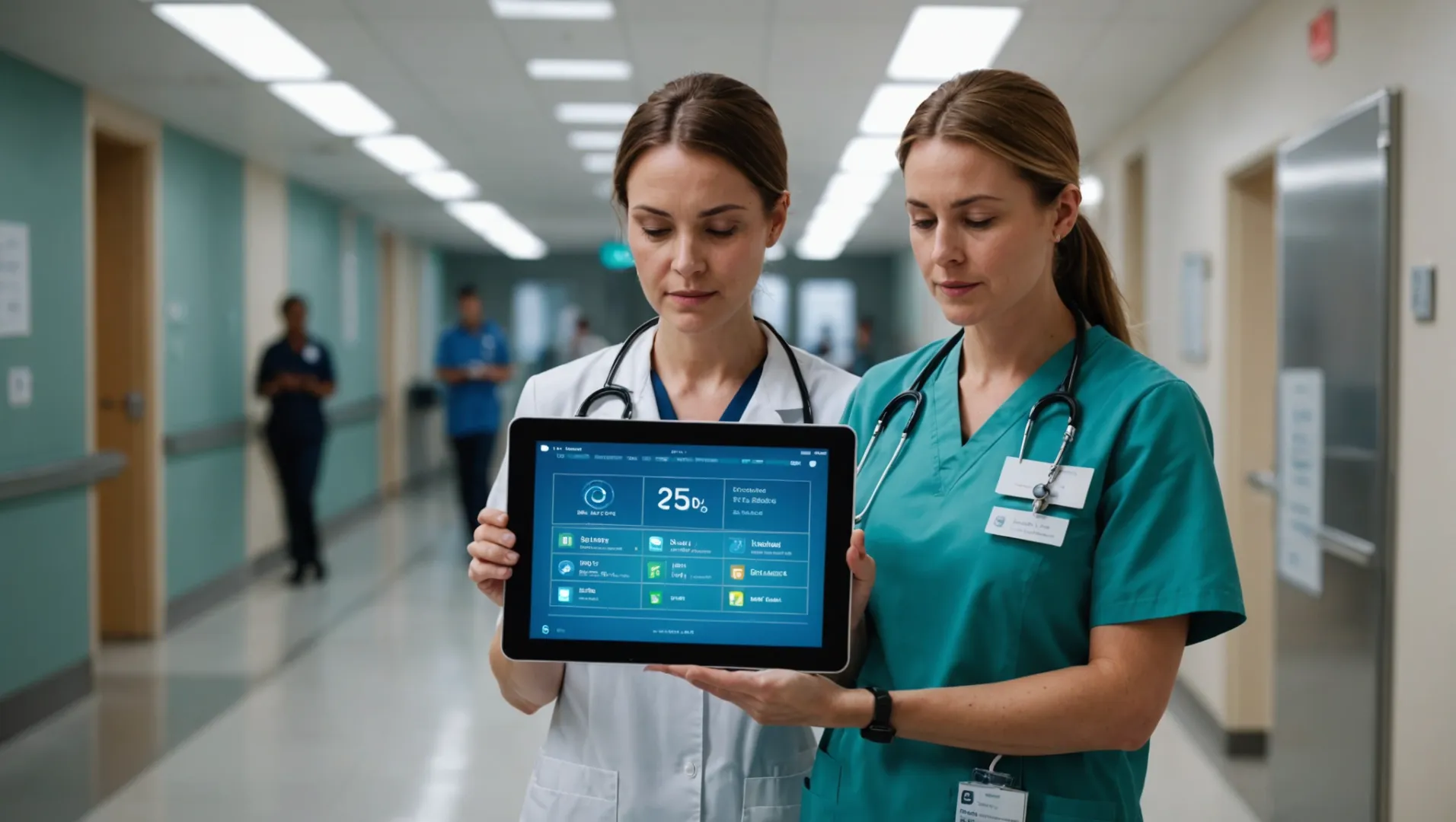
The Role of IoT in Air Quality Monitoring
The Internet of Things (IoT) revolutionizes how we manage air purifier maintenance by embedding smart sensors that continuously track indoor air quality. These sensors provide real-time data on particulate matter, humidity, and other pollutants, allowing facilities to maintain optimal conditions. With this data, facility managers can make informed decisions about when to service or replace filters, ensuring they are always operating at peak performance.
Timely Alerts and Predictive Maintenance
One of the most significant advantages of IoT integration is the ability to receive timely alerts when maintenance is required. Instead of relying on fixed schedules or manual inspections, IoT-enabled systems predict when a filter's efficiency may decline based on actual usage patterns. This predictive maintenance not only prolongs the lifespan of air purifiers but also prevents sudden breakdowns that could disrupt operations in sensitive environments like hospitals.
Case Study: HisoAir's IoT Solutions
Companies like HisoAir have been at the forefront of integrating IoT into air purification systems. They have developed advanced sensors that offer insights into filter condition, replacement needs, and overall system performance. By adopting such technology, schools and hospitals can reduce their maintenance overhead significantly while ensuring a healthier environment for students and patients.
| Feature | Benefit |
|---|---|
| Real-time Monitoring | Immediate identification of air quality issues |
| Automated Alerts | Reduces reliance on manual checks |
| Predictive Maintenance | Extends filter lifespan and reduces costs |
Future Prospects for IoT in Air Purification
As IoT technology evolves, its application in air purification is expected to expand further. Future systems may offer even more sophisticated analytics, integrating with broader building management systems for a holistic approach to environmental control. Exploring IoT air purifier advancements3 can provide further insights into the potential improvements in maintenance and operational efficiencies.
IoT integration reduces air purifier manual checks.True
IoT provides real-time monitoring and alerts, minimizing manual inspections.
IoT-enabled air purifiers have shorter lifespans.False
Predictive maintenance from IoT extends the lifespan of air purifiers.
Where to Source Cost-Effective Replacement Filters?
Finding budget-friendly replacement filters is crucial for maintaining air quality in schools and hospitals without overspending.
Sourcing cost-effective replacement filters involves purchasing directly from manufacturers like HisoAir, leveraging bulk purchase discounts, and selecting durable, high-efficiency models to extend filter lifespan.

Direct Manufacturer Purchase
One of the most effective strategies for sourcing cost-effective replacement filters is to purchase them directly from manufacturers, such as HisoAir4. By bypassing brand-specific distributors or local importers, facilities can significantly reduce costs. Manufacturers often offer bulk discounts or subscription services that can further drive down expenses.
Understanding Filter Efficiency and Longevity
Investing in high-efficiency filters that have a longer lifespan not only cuts down on frequent replacements but also ensures consistent air quality. Filters with higher Clean Air Delivery Rate (CADR) and dust-holding capacity can last up to twice as long as standard filters, which means fewer replacements over time. This reduces both the financial burden and the environmental impact associated with disposing of used filters.
| Filter Type | Average Lifespan | Cost Saving Potential |
|---|---|---|
| Standard | 6-12 months | Low |
| High-Efficiency | 12-24 months | High |
Leveraging IoT for Efficient Management
Integrating Internet of Things (IoT) technology into air purifiers allows for real-time monitoring of air quality and filter status. This ensures that filters are replaced only when necessary, preventing premature replacements and maximizing each filter's lifecycle. IoT systems can provide timely alerts and data analytics to better plan and budget for maintenance needs.
Bulk Purchasing Benefits
Bulk purchasing can be a financially savvy move for institutions managing multiple air purifiers. Many manufacturers offer significant discounts on large orders, reducing the per-unit cost of replacement filters. This strategy not only saves money but also ensures that facilities have a ready supply of filters, preventing downtime due to out-of-stock situations.
To maximize savings and efficiency, facility managers should consider all these strategies collectively. By investing in durable, efficient filters, purchasing directly from manufacturers, and utilizing IoT technology, schools and hospitals can maintain high air quality standards without overspending on maintenance costs.
Bulk purchasing reduces filter costs significantly.True
Buying in bulk often leads to discounts, lowering per-unit costs.
IoT technology shortens the lifespan of air filters.False
IoT helps monitor filter status, ensuring timely and efficient replacements.
Conclusion
By implementing these strategies, schools and hospitals can ensure healthier environments while maintaining budget efficiency.
-
Learn how direct purchases from HisoAir cut replacement costs.: Choose HisoAir for unparalleled expertise in air purification, where our commitment to “Maximum Purification, Minimum Noise” meets the exacting standards. ↩
-
Learn how each type affects safety and maintenance costs.: Fixed in-room ceiling mounted HEPA air cleaners are typically quieter, more effective and work faster than portable HEPA filtration units. ↩
-
Stay updated on cutting-edge IoT applications enhancing air purifier efficiency.: The advanced features of these new gadgets include real-time monitoring, automation, interaction with smart home systems, and more, in addition ... ↩
-
Learn direct purchasing benefits from HisoAir to save costs.: True HEPA Filters. Model: F040. Filter Composition: composite filter paper + ... sales@hisoair.com; +86 138 0961 9940; +86 138 0961 9940; Office: Room 712 ... ↩



